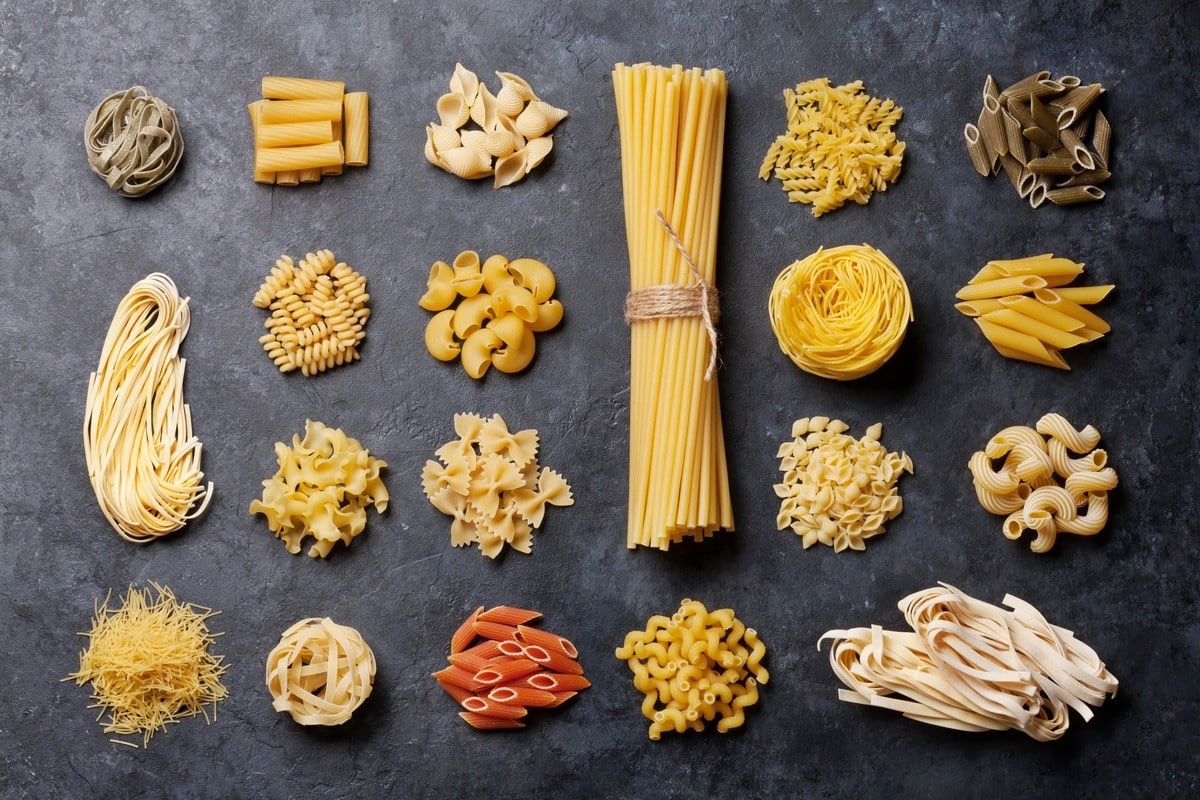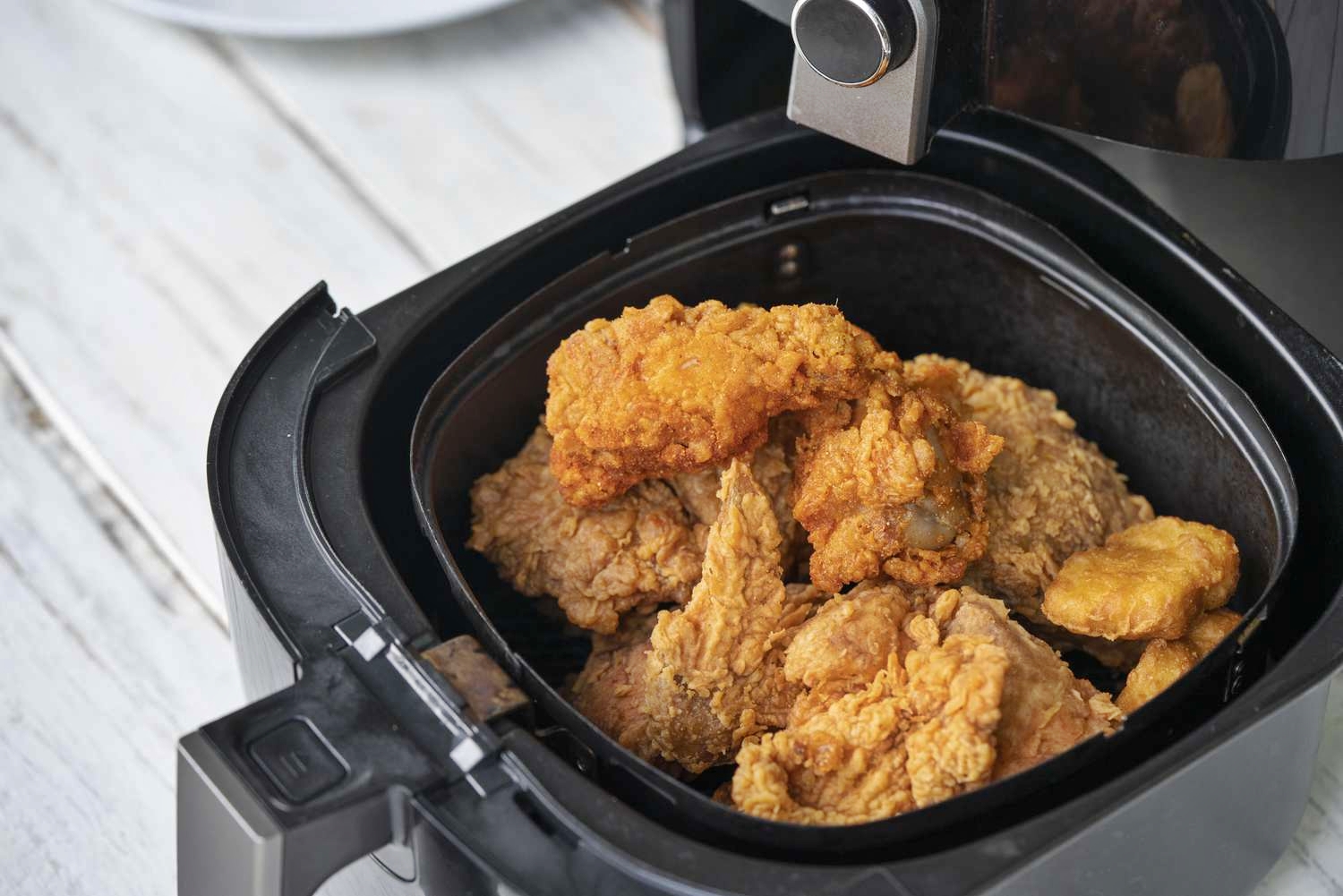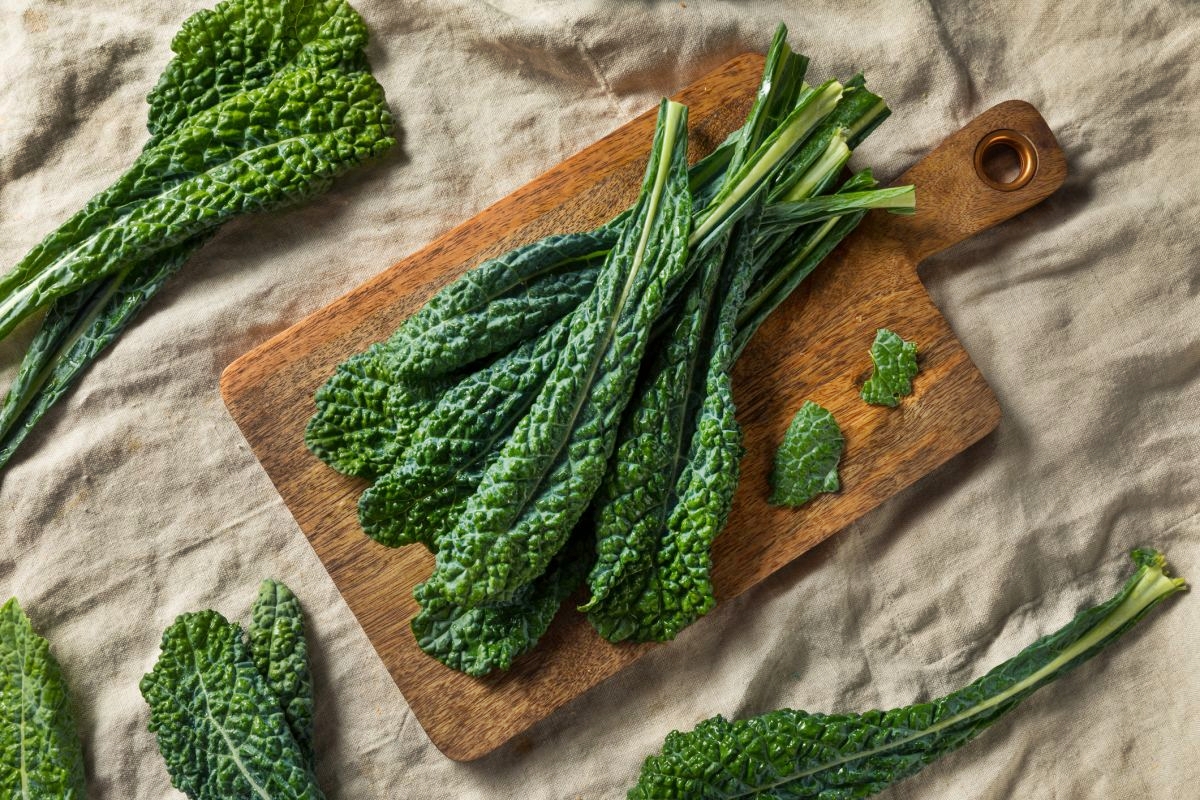Roasting Butternut Squash: A Delicious and Nutritious Treat
Butternut squash is a versatile and delicious vegetable that can be used in a variety of recipes. From soups and salads to main courses and side dishes, roasted butternut squash adds a rich and sweet flavor to any meal. Whether you’re a seasoned chef or new to cooking, this guide will show you how to perfectly roast butternut squash every time.
Why Roast Butternut Squash?
Roasting butternut squash not only enhances its natural sweetness but also brings out its rich flavor and creamy texture. The roasting process caramelizes the natural sugars, resulting in a deliciously sweet and tender dish that is perfect as a standalone side or as an ingredient in various meals.
Step-by-Step Guide to Roasting Butternut Squash
1. Choose the Right Butternut Squash
When selecting a butternut squash, look for one that is firm, heavy for its size, and has a dull skin. A good indication of ripeness is a deep orange color. Avoid squashes with blemishes or soft spots.
2. Prep the Squash
- Start by preheating your oven to 400°F (200°C) and lining a baking sheet with parchment paper. This will prevent the squash from sticking to the pan.
- Using a sharp knife, carefully slice off the top and bottom of the squash.
- Stand the squash upright and cut it in half lengthwise.
- Scoop out the seeds and stringy pulp using a spoon.
- Peel the squash using a vegetable peeler or a sharp knife. If using a knife, be sure to remove the tough skin completely.
- Cut the peeled squash into 1-inch cubes or slices. Note: Uniform pieces will ensure even cooking.
3. Season the Squash
Place the cubed or sliced squash in a large bowl and drizzle with olive oil. Season with salt, pepper, and your choice of herbs or spices. Toss the squash gently to evenly coat with the oil and seasonings.
4. Roast the Squash
Spread the seasoned squash in a single layer on the prepared baking sheet. Creating space between the pieces will ensure proper browning.
Place the baking sheet in the preheated oven and roast for approximately 25 to 30 minutes, or until the squash is tender and edges are golden brown. Remember to flip the pieces halfway through cooking to ensure even browning on all sides.
5. Enjoy Your Roasted Butternut Squash
Once roasted, allow the squash to cool slightly before serving. Roasted butternut squash can be enjoyed on its own as a simple side dish, or used as an ingredient in various recipes, such as soups, salads, or even as a topping for pizzas or grain bowls.
Whether you’re looking for a nutritious side dish or a tasty addition to your favorite recipes, roasting butternut squash is a simple and rewarding cooking technique. So go ahead, grab a butternut squash, follow these steps, and savor the deliciousness that roasting brings to this amazing vegetable!
For those eager to put their newly acquired butternut squash roasting skills to use, there are several enticing recipes to try. The Roasted Butternut Squash Soup is a comforting choice, perfect for a cozy evening. The Roasted Butternut Squash and Quinoa Salad offers a light yet nutritious meal, ideal for lunch. For those craving something heartier, the Roasted Butternut Squash Risotto brings a creamy, savory delight to the table. If you're in the mood for pasta, the Roasted Butternut Squash and Sage Pasta combines rich flavors with a touch of sophistication. Lastly, the Roasted Butternut Squash Tacos provide a fun and flavorful twist for taco night, combining the sweetness of the squash with bold spices.
Was this page helpful?
Read Next: How To Make The Ultimate Roast Potatoes











